Chinese and Overseas Brands Confirmed Participation in Paperworld China
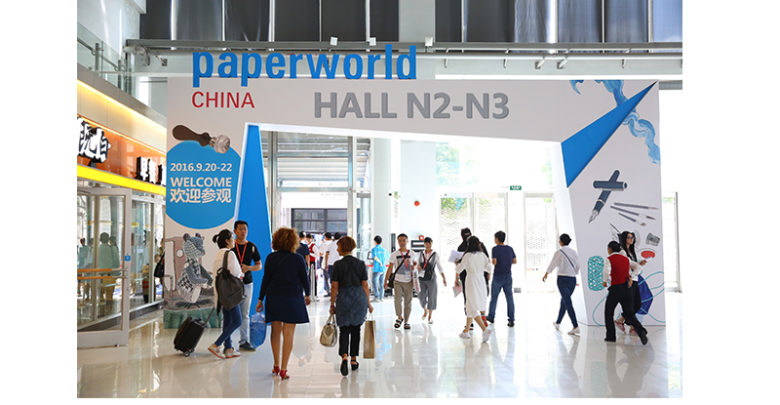
The new industry ties of Paperworld China and the China Stationery and Sporting Goods Association (CSSGA) has helped to attract leading Chinese exhibitors, while local representatives of overseas brands are also lining up. Following a difficult first half of the year, the industry is looking forward to Paperworld China, where they can meet clients face-to-face and stimulate their businesses.
Many of the industry’s key brands have confirmed their participation at the show which will be held from 19 – 21 November 2020 at the National Exhibition and Convention Center (Shanghai). Despite the negative impact caused by the pandemic across various industries, the Chinese stationery and office supplies sector is expected to bounce back as work-from-home and online school learning measures have been gradually lifted in China. In addition, in the face of extra time at home earlier in the year, many consumers have revived their interest in arts and crafts items. In view of the favourable conditions, Judy Cheung, the Deputy General Manager of Messe Frankfurt (HK) Ltd is optimistic about this year’s show. She commented: “To capitalise on this demand, industry players are looking for a platform that they can use to find new clients and reboot their business. Additionally, since the earlier announcement of Paperworld China’s new cooperation with the CSSGA, more leading Chinese brands have confirmed their participation at the fair, thanks to the association’s abundant industry resources and wide network. Together with the CSSGA, we continue to promote new business opportunities with the aim of supporting the positive development of the entire stationery industry.”
An impressive list of exhibitors who will make their appearances at the three-day show include AiT, AP, APP Office Supplies, Aton, Beifa, Chameleon, Chinjoo, Comix, Changjiang, Deli, Guangbo, M&G, MagiWap, Online, Senator, Snowhite, Sunwood, Superstrong, Trodat, UNIMASS and many more. These leading brands will present their latest innovations in four themed product zones, namely “Art and Painting”, “Smart Learning & Stationery Trends”, “Tomorrow’s Office”, and “Creative and Cultural”.
“Small yet Beautiful” presents merchandising models for small stationery stores
Stylish but affordable stationery items sold in limited quantities at small outlets near schools and learning institutions are key characteristics of small stationery stores. These retailers are popular in China, with customers appreciating products with distinguished designs and functions that reflect individual tastes as well as personal interaction with friendly staff. “
To help small to medium sized retailers that are facing the challenges of an upward trend of online shopping, and the effects of the pandemic, this year we will upgrade the “Small yet Beautiful” showcase at Paperworld China, with more focus on business solutions for these small retailers. This specialised mock-up store has been bringing together top-notch brands to present their own unique and effective display models since 2016. Small stationery retailers that are eager to succeed will have the opportunity to take inspiration from the various merchandising models displayed by these brands,” explained Judy Cheung. “
Small yet Beautiful” also has a reputation as a perfect place for suppliers to strengthen their brand image and boost sales. As a result, around 60 domestic and international brands have already confirmed their participation, including Amos, Foldermate, Fun&Joy, Hero, KACO, Languo, Monami, Pilot, SDI, Sakura, Schneider and Zebra. They will bring their latest products and demonstrate their presentation and in store promotion methods to trade visitors.
Recent statistics point to a bright future
Despite the fact that the pandemic resulted in a gloomy economic situation early this year, statistics show that China’s economy bounced back to growth in the second quarter of 2020 as the country gradually resumed work and production, with GDP expanding 3.2 percent year-on year in the second quarter, according to data from the National Bureau of Statistics (NBS) of China1.
Aspiring business leaders seeking success in China should also take note of the future market landscape, because just as encouragingly, the hobby and stationery segment also has a prosperous outlook. According to recent research, revenue in the hobby and stationery segment is projected to reach USD 46,641 million in China in 2020. Revenue is expected to show an annual growth rate (CAGR 2020-2024) of 9.5%, resulting in a projected market volume of USD 66,990 million by 20242. These statistics point to an ideal climate for the stationery and office supplies industry.


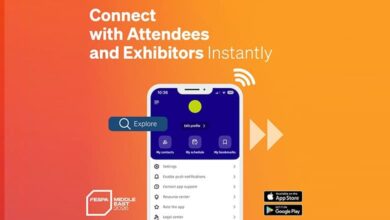
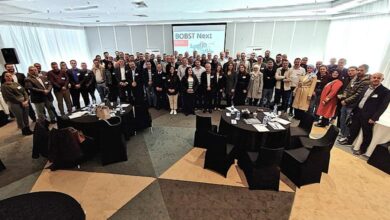
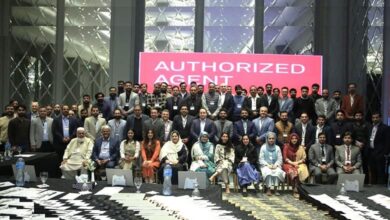
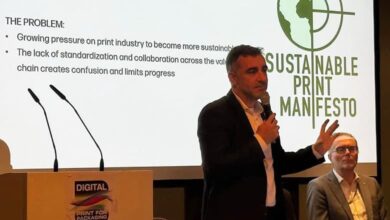
14 Comments